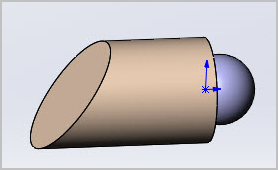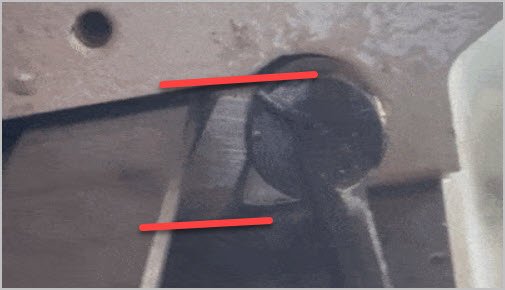I just received a PM-728 and working on setting it up. I’m fairly new to adjusting tapered gibs setup and I noticed that my X and Y axis move in the range of .0008-.0016” when I lock the axis. I’m assuming this is not normal and my gibs are too loose?
Also my Y axis gib moves up and down across the dovetail when I try to snug it with the thick side adjustment screw (I have a video but not sure how to share it here). I assume this means the gib is not making full contact on the matching dovetail or the taper angle is off and needs to be refitted?
Also my Y axis gib moves up and down across the dovetail when I try to snug it with the thick side adjustment screw (I have a video but not sure how to share it here). I assume this means the gib is not making full contact on the matching dovetail or the taper angle is off and needs to be refitted?



